This piece opens a three-part arc:
A. Institutional mechanics
B. Evidence/RCTs
C. Symbolic/religious meaning.
A fuller breakdown follows in Parts 3–5.
The Bureaucracy That Grows Itself
So far, I have said that the science communication done during the pandemic was not science at all. Rather, it was an ever-changing series of edicts that reflected the political situation.
All responses to this political situation were, in turn, driven by the tendency for public health institutions to expand indefinitely. This indefinite expansion of public health institutions is not entirely conscious on the part of the leading public health bureaucrats.
Rather, bureaucrats who expand public health are selected to be leaders within those institutions because they enhance the resources, prestige, etc. of the public health establishment and many within the institutions owe them for their careers. Such individual leaders are in turn ideologically and cognitively predisposed to make decisions in the direction of expansion, as well as to select employees with this same predisposition.
When Science Becomes Marketing
What you get over time is the evolution of an interventionist public health ideology: one that exaggerates perception of risk of non-intervention (”we must do something!”), exaggerates the benefits of intervention (”masks omg”), and downplays risk of intervention.
This bias is not just one of science communication but science itself. You can see that in this paper, for example, which showed that the “errors” made by CDC consistently skewed toward exaggerating risk, especially to children.
The corruption does not merely undermine scientific communication. It penetrates deep into the scientific institutions themselves.
A couple of additional connections that I will merely suggest and flesh out later.
What is the relationship between what I have said above and these two figures? Oh, hmm, probably nothing 🥺👉👈
Inside the Evidence
Now, as for the science, there’s no avoiding getting in the weeds here. It is necessary for me to do this to avoid accusations that I’m glossing over nuance, context, or relevant details. I’m not. In fact, I never do that. I’ve just discovered long ago that social media is about processing the extraordinary level of scientific detail privately and presenting conclusions in a digestible format.
Yet I will make an exception here and do a painstakingly exhaustive public scientific analysis. Much of this detail will be present only in endnotes in my book.
As I have shown at the beginning of this series, the randomized controlled trial evidence is overwhelmingly against the usefulness of masking in preventing viral infections.
A thorough, yet brief, breakdown of the key randomized controlled trials can be found in the footnotes of this post.
The Social Fracture
Now, let’s pivot and enter 2014. That year, World Health Organization published a guidance document for healthcare workers dealing with epidemic- and pandemic-prone respiratory infections.
Based on the above studies, it noted weak evidence for masking to protect against respiratory pathogens.
Now, it did provide “Strong” or “Conditional” recommendations, despite the weak evidence.
This was criticized by a 2016 paper, which said that its recommendations violated GRADE, the leading evidence-based framework, which did not allow for such recommendations based on weak evidence.
This is strange, because if WHO was going to use GRADE, why didn’t it follow GRADE? Why did it say it was going to use GRADE but then systematically contradict GRADE? On that in a moment.
It gets worse.
Enter the 2019 guidance by World Health Organization, specifically for public health measures for epidemic and pandemic influenza.
This continued with very similar recommendations regarding masking.
The 2014 document seemed to suggest that there might be weak evidence for masking.
But the 2019 document made explicit that the evidence wasn’t just “moderate”. Rather, the evidence was moderate against effectiveness.
This page makes this even more clear.
We can also see that, explicitly, “reusable cloth face masks are not recommended”.
As we saw earlier. And they recommended them anyway.
So why were masks “conditionally recommended in severe epidemics or pandemics”? Because despite evidence being against, there was “mechanistic plausibility” (a consideration that severely violates GRADE): masks seem like they could work, even if evidence is against them.
In other words, “what harm could it do”? It turns out, a lot.
After all, to conservatives, masks become a symbol of hysteria, and resisting them became tantamount to resisting irrational hysterical tyranny.
To liberals, on the hand, they become a symbol of caring, and masking became tantamount to Being A Good Person.
I was on the Being A Good Person side, and the anti-maskers enraged me, because it seemed to me that conservatives were irrational and anti-social. I mean, I had wanted to pick fights with anti-maskers. I viscerally hated them.
Only later did I understand that to hardcore conservatives, masks represented a “Rubicon to tyranny” that they would resist ferociously. If they could be made to do one absurd thing, what other absurd things would they be made to do? And it turns out they were being made to do a lot of absurd things, not just masks, which certainly didn’t help.
So I kind of agree with the anti-maskers now. Well, actually, I really agree. Because mask mandates did extraordinary harm.
What harm could it do? Well, masks ripped our society apart. And while they were doing so, CDC and other agencies doubled and tripled down on the pseudoscience, as we’ll see soon.
On May 9, 2020, an Australian man was restrained by police as they forced a mask over his face.
On May 14, 2020, a mother wrestled to the ground by a squad of police in front of her child for not wearing a mask on the New York subway.
On August 11, 2020, a 21-year-old Australian mom of three was choked and arrested for not wearing a mask. She had an exemption from a doctor. She was charged with assaulting a police officer.
On September 3, 2020, an Ohio woman was tased, arrested, and forcibly removed at a high school football game for not wearing a mask.
On September 23, 2020, churchgoers were arrested for singing outdoors in the Moscow City Hall parking lot without masks.
On May 20, 2021, grandmother and Sunday school teacher Kathleen Bossi speaks at school board meeting against policy forcing children to wear masks. She is arrested and silenced.
On June 15, 2021, an employee at hardware store assaulted a customer for not wearing a mask.
On July 2, 2021, elderly Australian storeowners are beaten and arrested for telling customers not to wear masks.
On July 24, 2021, an Australian man was sitting outside on a park bench without a mask when he was approached by police. He was told he was “not in a public place with a reasonable excuse.” He was wrestled to the ground, arrested, and charged with “assaulting a police officer”.
On September 3, 2021, a man was assaulted by Australian police for not wearing a mask. He locked himself inside a car, but they smashed his windows and arrested him.
On September 24, 2021, five men entered a store in Australia. For not wearing masks police beat them savagely and arrested them. They were charged with assaulting police officers. When the video footage was discovered, all charges were dropped.
On October 4, 2021, this teenager in Texas was arrested and forcibly removed for not wearing a mask.
These are just some. From the start of 2021 to mid-2022, the Federal Aviation Administration reported approximately 5,000 “unruly passenger incidents”, a full 70% of the total number of such incidents. No question that in the United States, tens of thousands, perhaps hundreds of thousands of incidents across various contexts took place.
But these are only those that were formally documented. What about the countless who never made a scene, who never stood up for what they believed, and instead stewed quietly? The published literature shows us the outcome: a catastrophic collapse in trust in the medical establishment.
Mask mandates tore society apart. And that’s just the tip of the iceberg. Yet there was no evidence for them. How could this possibly have happened?
From Policy to Faith
I will take these ideas a step further. We compared masking to a religion earlier. This was not mere heckling. Not mere satire. Not a mere metaphor or analogy. This was intentional. It was meant to introduce a much larger idea that will be expanding dramatically in the coming posts.
Here we go. I not only agree with the anti-maskers that masking mandates were tyrannical. I’m going to move out to the very edge of “anti-masking ideology”: masks were intended to be tyrannical. Whether or not any single person intended it, tyranny was generated as the function of the social system. Which, quite frankly, should rather horrify you. Well, it does me. My heart has been rather torn out. It’s not a bug. It’s a feature.
Why, after all, did I hate anti-maskers? Because I was an enforcer of the tyranny! My hatred was the hatred of a tyrant.
Let me communicate with you a dark truth, which I will be proving in the coming pages:
The harm was the point. Masks were a tool of war. A religious war.
Before we proceed to science per se, I want to dispel one myth. Or at least call it into question before we can dismantle it exhaustively later.
We want to say that mask mandates were imposed because X person wanted Y. That’s what we really want. We want to pin the blame on one person. On Fauci. On Walensky.
Please give us one person to pin the blame on. Then everything will be OK. Phew.
Unfortunately, we have a much bigger problem. Because that’s not how policy decisions were made for public health during the pandemic, and not how policy decisions are made in Western democracies in general. (They aren’t made “democratically”, either. But to say that they are not made democratically does not mean that they are made centrally, either.)
There were no people in smoky rooms dispassionately plotting about how to dispose of the space alien bodies. Now, there were some, I am told by those involved, high-level talks in New York fretting about legal liability to public health agencies of lifting lockdowns without providing the semblance of protection via mask mandates.
But power is dispersed. There isn’t one single group of motivated actors and therefore not a single motivation. The motivation is power, and power is a dynamic force within the institutions that morphs and changes shape depending on the circumstances. But the one underlying principle? It is constantly looking for ways to expand. Expand power.
I promise if you try to understand this any other way, you’ll go mad. There are just too many contradictions. But if you understand it this way, magic happens. The whole pandemic makes sense and so much more. Let’s concretize this by putting it in the words of J.R.R. Tolkien:
One Ring to rule them all,
One Ring to find them,
One Ring to bring them all and in the darkness bind them
In the Land of Mordor where the Shadows lie.
There are many rings. But absolute power is the One Ring that binds them all. It was for J.R.R. Tolkien and it is here. The One Ring analogized absolute power.
We will therefore call the current regime Nietzschean—a strange inversion of Nietzsche’s philosophy. It is obsessed with power, yet justifies that obsession as compassion. Salvation. Not the creed of the Übermensch, but a left-wing Nietzscheanism: a will-to-power disguised as compassion. Which, come to think of it, is exactly what Nietzsche criticized.
Under such a regime, everyone can help someone. Power is dispersed everywhere. Not the power of the Leviathan, but something more diffuse—a power exercised everywhere at once, with no center. An all-consuming, salvational chaos power.
Now, let’s use the words from The Philosopher to get us halfway to where we really want to go. And we do this for a very good reason: it is no accident that The Philosopher is, naturally, a self-professed Nietzschean. Did you think by The Philosopher, I meant Aristotle? Ha! No!
I mean of course the French philosopher Michel Foucault, whose work is unquestionably overwhelmingly dominant within the humanities in academia today. Foucault is apex. Number one. Foucault is to the 21st century what Aquinas was to Medieval Christendom. Where Aquinas was The Church Philosopher, Foucault is The Regime Philosopher. (And Aristotle is The Philosopher Philosopher.) Foucault says:
Power is everywhere; not because it embraces everything, but because it comes from everywhere... Power is not an institution, and not a structure; neither is it a certain strength we are endowed with; it is the name that one attributes to a complex strategical situation in a particular society.
Foucault—although a leftist (albeit in many ways a heterodox one) and whatever his… um… extracurriculars, and though prone to that certain predilection of the French toward the Latin massification of prose—does get us halfway there. It’s not quite a conspiracy, which quite frankly, shouldn’t reassure us: diffuse salvational chaos power, not conspiracy.
Now, after erasing the problem of The Conspiracy, we return to the idea that masking represented the front in a religious war.
It’s a provocative thesis, I concede. It is extreme. It is absurd. It is downright outrageous. It verges quite easily on the comical. Religion! Everyone knows America is a secular society. And the medical establishment: the most secular of all. Don’t make me laugh!
Furthermore, as a Former Good Person, I’m extraordinarily hesitant to betray my Former Fellow Good People by putting forth such an accusation. Especially such an extreme and absurd one. But this thesis is one that I’m going to demonstrate. Or at least argue. Please do tell me, dear reader, if my arguments will persuade you.
Hear me out. Let’s tear back to where the bare logic has led us so far: masks are not effective. They ripped society apart. And there was a rather extreme, sometimes violent reaction to those who wore them. There was visceral outrage toward anti-maskers.
And I wasn’t the only one. Washington Post columnists, People, Governors—we were all in on it.
Anti-maskers were responsible for deaths, you see. And it was us maskers responsibility to be angry about it. Very angry.
Yet if masks didn’t do anything, then by my own logic, I am forced to make a rather damning confession about myself: my hatred had no other purpose than to harm, whether I knew it or not.
Logically, that’s all my reactions to anti-maskers could have been: Hatred. Violence. Sin.
The darkness of human nature expressing itself through me.
Here’s the idea, which won’t make sense yet. You’ll need to give me time. But here it is: maskers waged a kind of religious or social war, not through, as time immemorial, spears, swords, pikes, muskets, assault rifles, or laser-guided smart bombs. But through public health. This war is carried out ferociously through the present, not through public health but by other means.
I hated those who didn’t wear their masks, and I wished them harm. If I had had the authority, I would have hurt them myself. And did we not just see that in the videos above? We did see it.
Toward a Theory of the Public-Health Church
Earlier, we introduced our first layer of explanation: power. Next, before continuing to cleave through the remainder of the scientific story, we will consolidate our insights into two more layers and build a basic theory. Then, we will expand it like spider webs to explain the entire pandemic. And more.
For, it’s obvious now that explaining masks purely scientifically is impossible. And if it won’t be, it will soon. Therefore, we must begin systematically understanding how society could have taken us to this point. We must explain the rise of masking by way of the social factors that gave rise to it.
Some do not know that, back in the day (ah, yes, the innocent days of being a sprightly young man!), I studied the social sciences. With some of the best in the world. (Though they weren’t much, honestly—”best in the world” does not mean what it used to mean. Seriously, should I even be admitting to this?) Many who I studied with are now professors at some of our most esteemed institutions. Our beloved institutions. Our very most favorite. I love Harvard!
Now, they say that, outside of economics, there are almost no right-wing social scientists today. There certainly are very, very few in anthropology, which was my field. This wasn’t always the case. It’s not impossible to be a right-wing anthropologist. Many of the greats would have been considered very right-wing by today’s standards. (Though let’s be very, very careful here…)
Therefore, I will be dusting off the old, dusty chests. And I will be withdrawing weapons of dark, alien, demonic energy. And I will be putting on my right-wing social scientist hat. LARPing, as I will, as a kind of non-Satanic Marx, which is to say, as a Christian.
Now, a teaser.
When Joe Rogan incisively called masks “MAGA hats of the left”, he was not far off. But he didn’t go far enough.
In his Elementary Forms of Religious Life, Durkheim describes totems as sacred emblems that embody the clan’s collective spiritual identity, its soul. Totems, for Durkheim, create unity amid existential uncertainty. Say, um, I don’t know lol, during a pandemic.
So is a mask a totem? Not mere cloth, but a symbol of collective salvation? So, not merely a science-amulet, though that too. But this: Durkheim: “The totem is the flag of the clan.” And our, our sweet beloved masks, could they have flagged devotion to The Science, hypnotizing the flock under our great clerics Fauci and Walensky?
But that’s not quite right. One cannot really be dedicated to The Science. After all, The Science is mere electrons, atoms, and matter. The question is: why does The Science matter at all? To understand that, we must understand what happened to America during the 20th century.
How and why does a secular empire manufacture totems? And how did “caring” become a theology that could conquer science? (It’s not the first time…)
Footnotes
Jacobs et al. (2009): RCT in Japanese healthcare workers (HCWs); surgical masks vs. no masks to prevent common cold. Null result: no reduction in symptoms.
Loeb et al. (2009): Cluster RCT in Canadian HCWs; surgical masks vs. N95 respirators for influenza prevention. No significant difference between groups for lab-confirmed influenza.
Cowling et al. (2009): RCT in Hong Kong households; face masks + hand hygiene vs. control for influenza transmission. No significant reduction in secondary infections.
MacIntyre et al. (2009): Cluster RCT in Australian households; surgical masks vs. no masks for influenza. Null: no effect on transmission.
Aiello et al. (2010): RCT in US university dorms; face masks + hand hygiene vs. control for ILI. No statistically significant difference.
Larson et al. (2010): RCT in US households; face masks + hand hygiene vs. education alone for ILI. No significant effect.
Canini et al. (2010): France, households; cluster RCT, source-control; null
MacIntyre et al. (2011): Cluster RCT in Vietnamese HCWs; medical masks vs. N95 respirators (fit-tested or not) for clinical respiratory illness. N95 showed some protection against clinical respiratory illness and bacterial colonization, but not viral infections or influenza-like illness. Several methodological flaws and inappropriate statistical methods greatly elevated effectiveness estimates for CRI and bacterial infections.
Simmerman et al. (2011): Thailand, households; cluster RCT; handwashing + masks did not reduce transmission.
Aiello et al. (2012): Follow-up RCT in US dorms; similar to 2010, with masks + hand hygiene reducing ILI by 35–51% in some weeks, but adherence was key.
Suess et al. (2012): Berlin, households; cluster RCT; failed endpoints and had to be p-hacked retrospectively to achieve positive finding (not preregistered analysis).
MacIntyre et al. (2013): Cluster RCT in Chinese HCWs; continuous vs. targeted N95 use vs. surgical masks for clinical respiratory illness. Continuous N95 use reduced clinical respiratory illness, but targeted use and surgical masks did not. “No statistically significant findings were observed for the ‘facemask’ only group when compared with the control group.”
MacIntyre et al. (2015): Vietnam, HCWs; cloth masks vs medical masks (cluster RCT) — higher infection rates with cloth masks; cautions against cloth use in HCWs.
Radonovich et al. (2019): USA, HCWs; ResPECT trial; N95 vs medical masks — no significant difference in outpatient clinics.


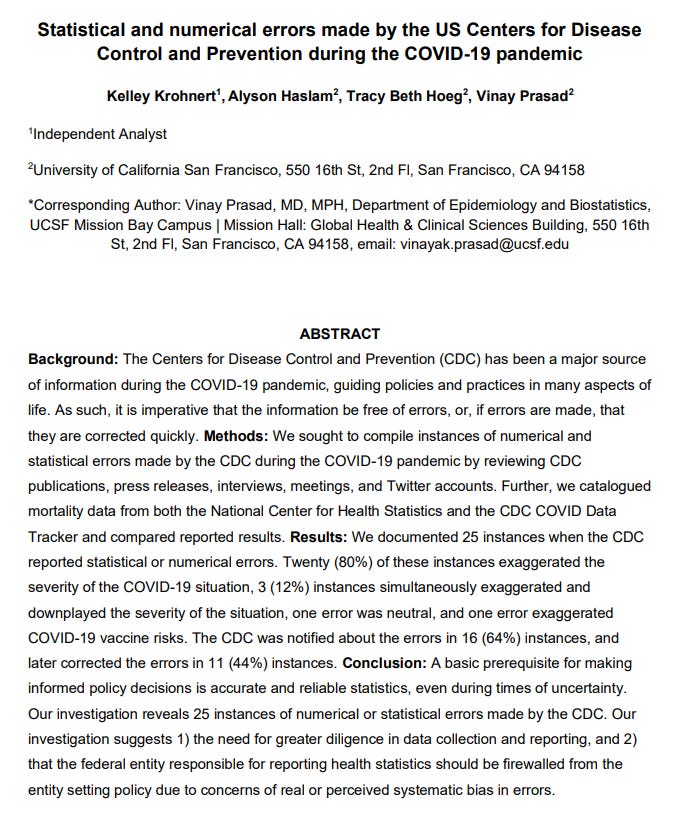
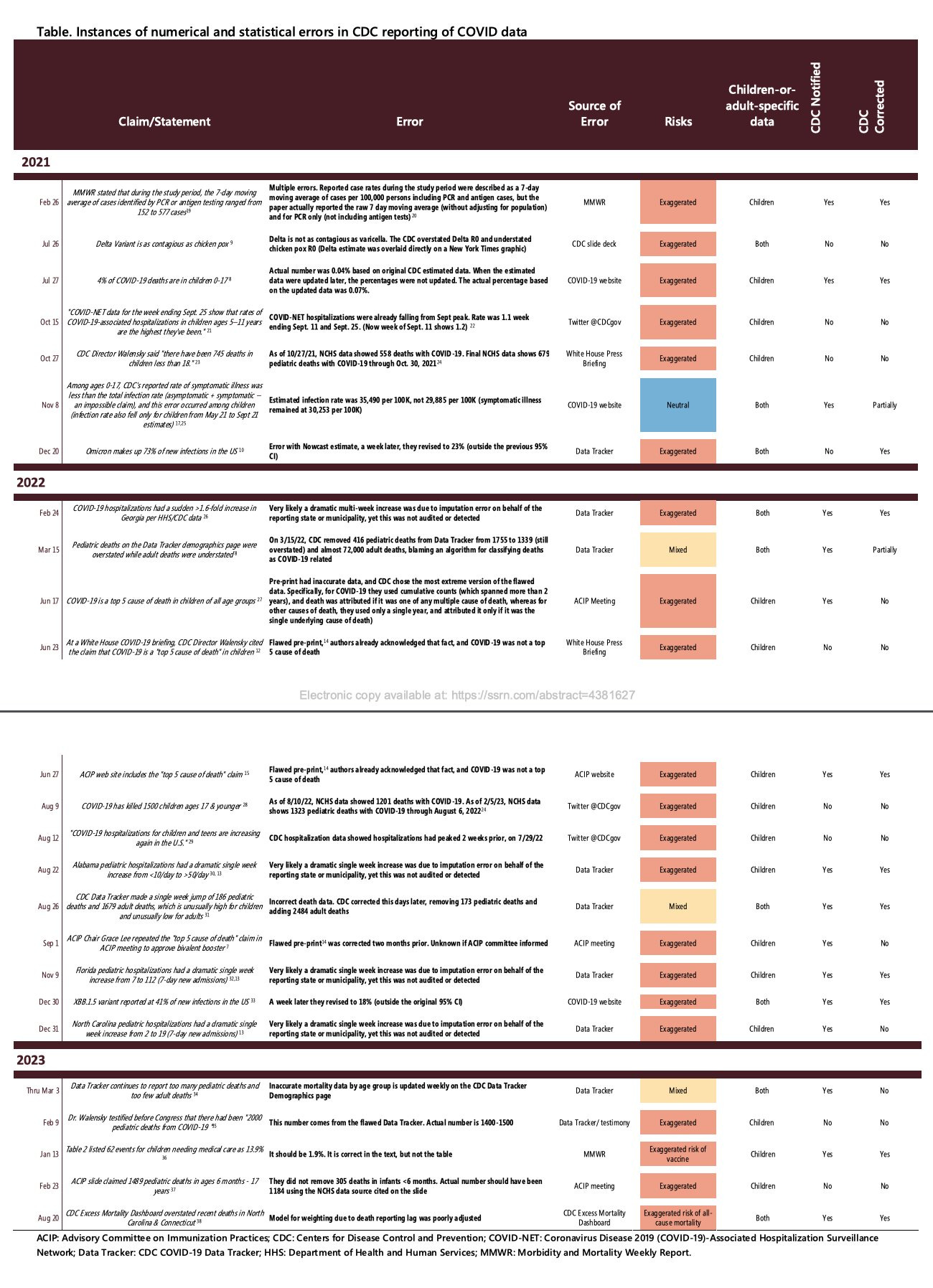
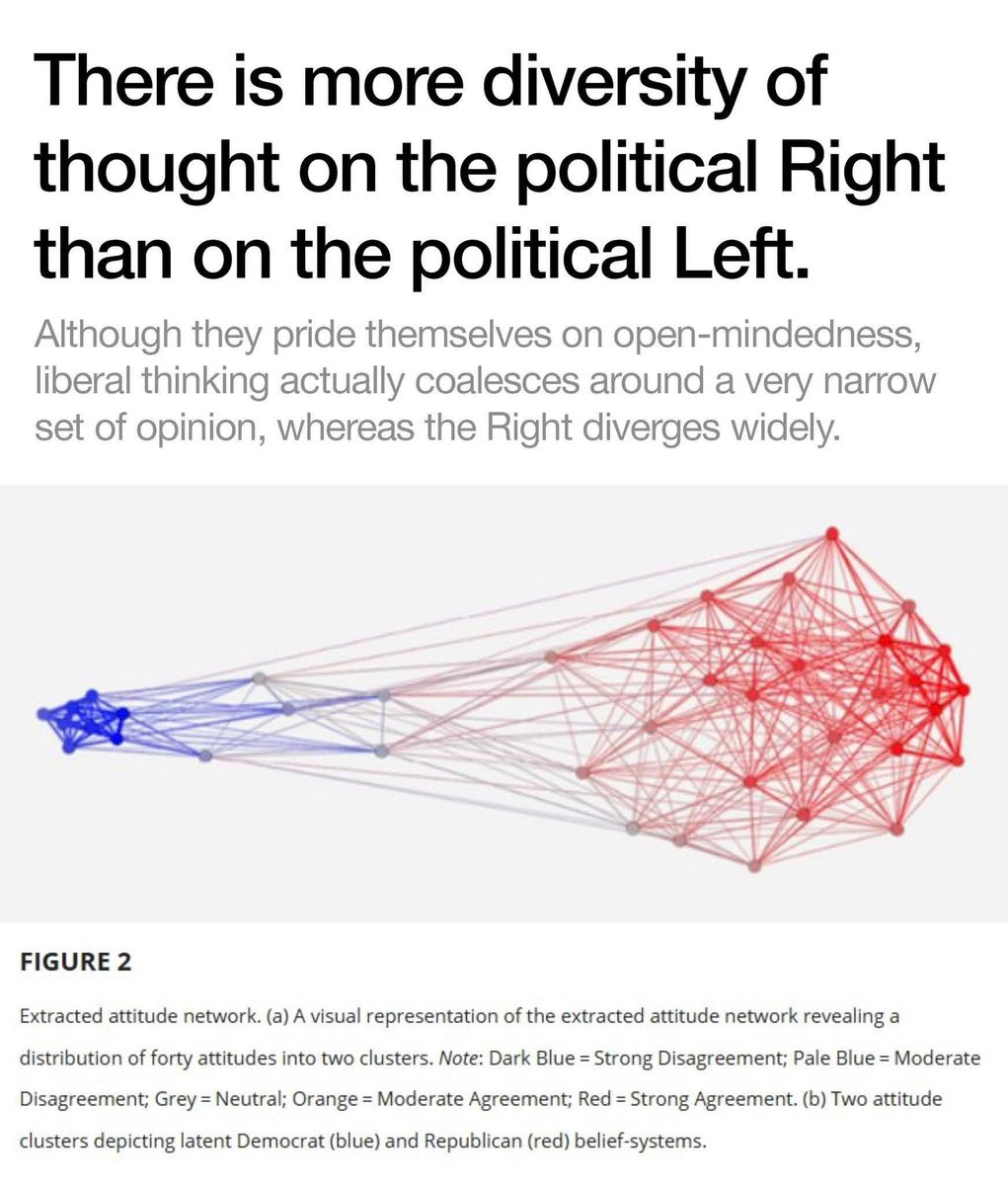
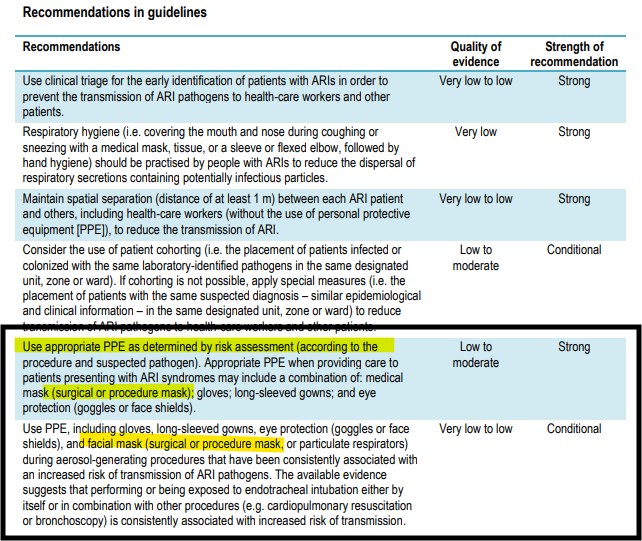
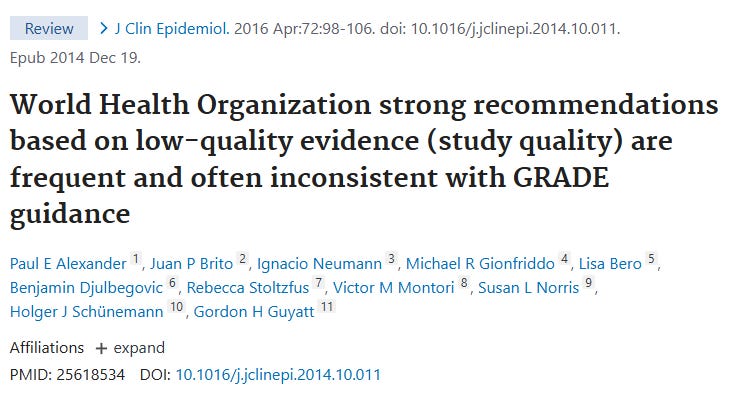
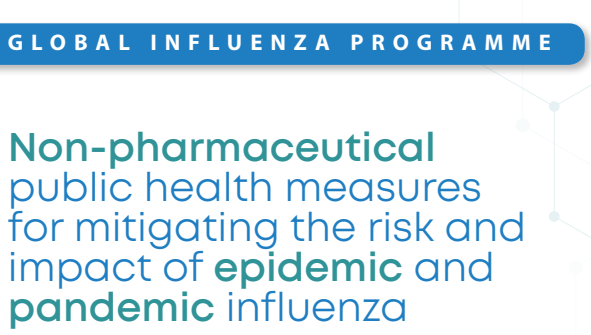
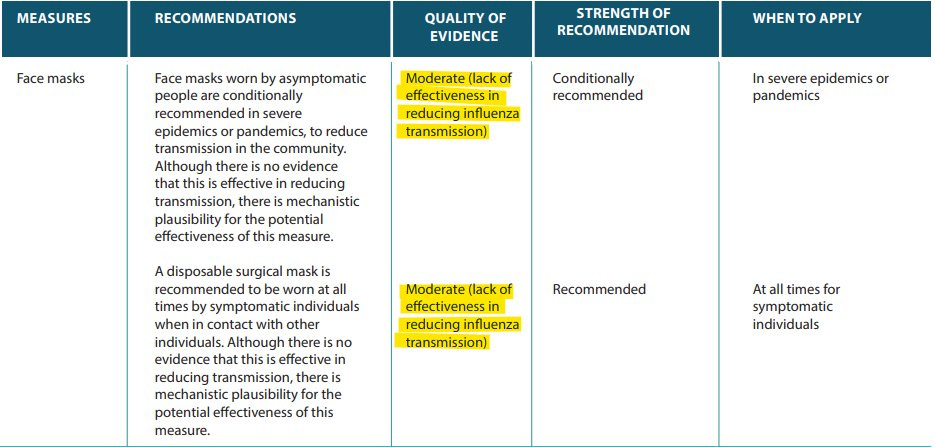

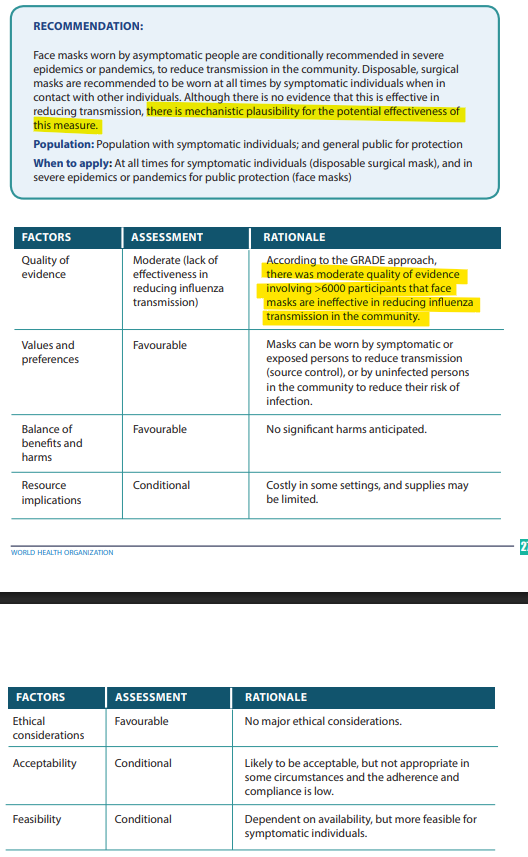
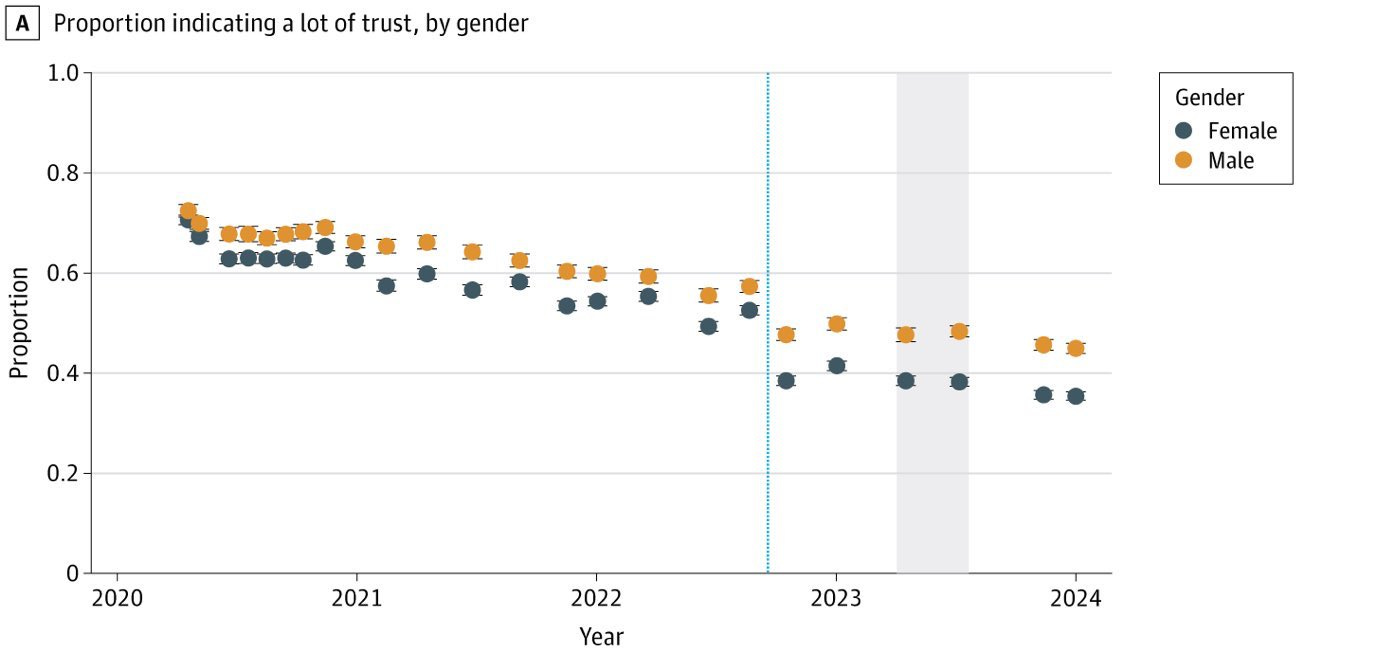
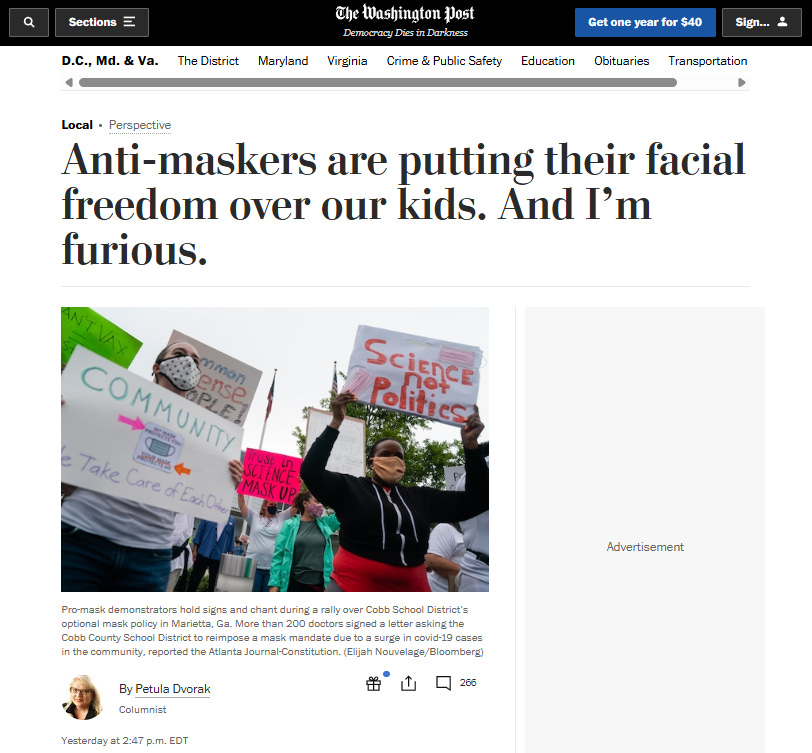
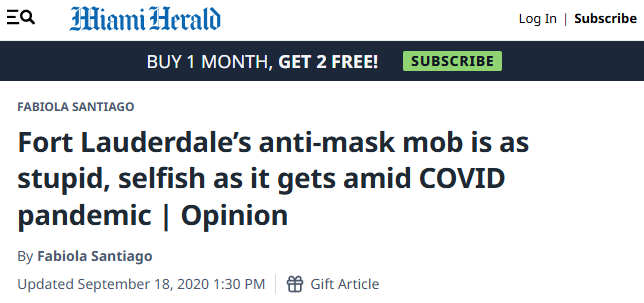
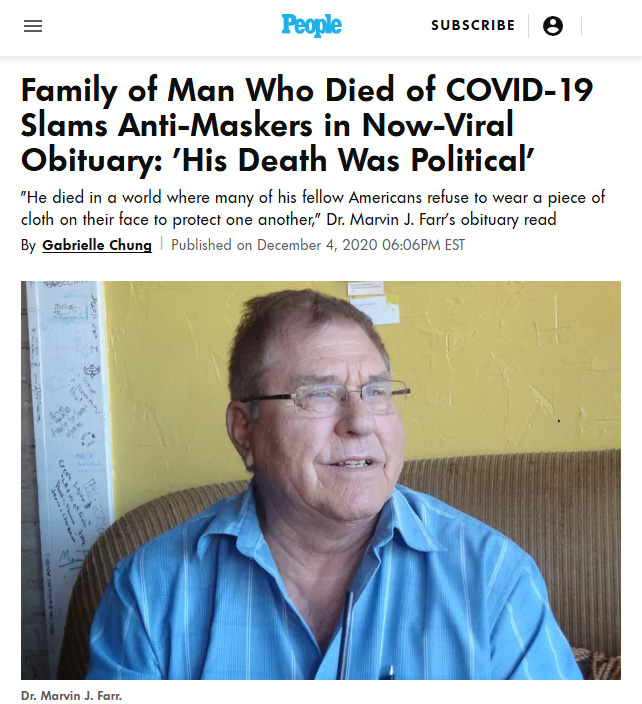
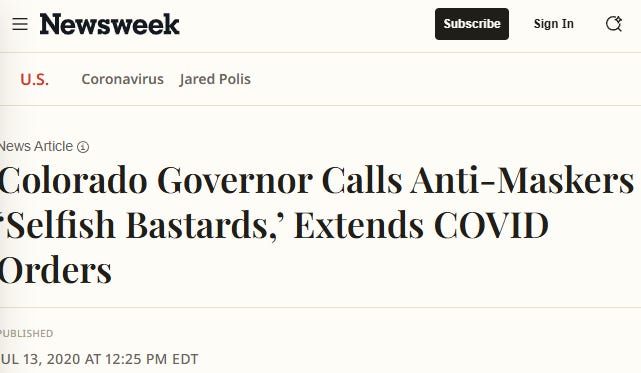

There are three factors that make this a great article: Kevin’s intelligence, honesty and initial perspective of hating those who didn’t wear masks.
As an original anti-masker, I would get a little too much credit from his ‘Rubicon’ hypothesis. My objection was simply that this was something I had never done before in my life, and so out of small ‘c’ conservatism did not see why I should start unless there was a reason. I also had a sense that by doing so I was being dehumanized.
It only took a small amount of research to realize that there in fact was no reason to wear a mask and so those demanding I do had some other reason than health. This is the best explanation of that reason that I’ve seen.
Excellent article. I live in Fort Lauderdale and the schools still masked even after they were told to stop enforcing it by Desantis. Even my daughter's private school masked but not after Desantis though. I told her she didn't have to go but she needed friends so she went and wore one. I spoke out about them to the christian school but they followed the unscientific CDC. I emailed too about the nonefficacy papers and about the vax ingredients like aborted baby DNA but they wouldn't even consider them. I was well respected but then was viewed as a pariah. That was my church too and I stopped going sadly.
I guess it was too hard to believe that our gov would blatantly lie about it all plus the pressure and fear was overwhelming.
Other than that, we didn't wear them where we went but we did put them on our necks in case we met a mask nazi and nobody said squat to us. I would speak out about them to strangers and embarrass her. She just wanted to do the right thing. She is 21 now and found her voice. I bet if it happened again she would go psycho on anyone trying to tell her to do something she knew in her gut was wrong after what she went through. Hard lesson I hope we all learned.